American Art History- Disguised as Fun {ArtK12 Review}
For the past three years, I have taught American Art History classes to kids at our local community USO. I will be the first to tell you that I am not an art snob, but I do have some very serious feelings about how art should be taught to kids.
Art should be fun. Not just the making, and creating and the getting messy parts. Art History should be fun. After all, art is all about stories, and people, and this wonderful, wacky world we live in!
This summer, when I was browsing the internet for art ideas to use at home, I came across a new curriculum from ArtK12 that approaches art with the same attitude- American Art History Volume 1, Art History Disguised as Fun. As soon as I started poking around the website, I started to fall in love with the program, and hopefully, after this review you will too.
What do you need to teach American Art History?
This program has four components, American Art History Volume 1 (the text), Drawing American Art Volume 1, American Art History Bingo, and the companion reading books. For this review, I will only discuss the main text and the drawing book, which can be used independently of the bingo game and extra reading books.
American Art History Volume 1 is colorful, child-friendly, and awesome. This is intended to be a one-semester course, with 16 chapters. This book was designed to be used alongside any American history curriculum.
This book has all the content of a textbook, but it’s not a textbook at all. It covers:
- Prehistoric Art
- Moundbuilder Art
- Native Southwestern Art
- Iriquois Art
- Taino Art
- The Art of John White
- The Art of Early Virginia
- Early Colonial Portraiture
- The Art of Matthew Pratt
- Spanish Colonial Archetecture
- The Art of Benjamin West
- The Art of John Singleton Copley
- The Art of Paul Revere
- The Art of Charles Willson Peale
- The Art of Raphaelle Peale
- The Art of Gilbert Stuart
Each topic is given a “newspaper” type spread, with creative articles and fiction interviews with the artists. The chapters include so much more than info about the art, they also talk about the life and times of the artists (or facts about the history of the native people).
Much of the content is downright goofy, which makes it highly appealing to children. Don’t confuse goofy with “light”- there is still a ton of content and important information.
Also included are “forgeries” of the art, for your child to play seek-and-find the differences between the original art and the forgery. The kids loved playing this game each chapter, and I loved that it really encouraged the kids to look closely at the work of art. By the time they spotted all the differences, they really knew the work inside and out.
This isn’t so much a book that you read aloud, as it is one you sit down with and just enjoy. Bug can read it independently, and Mr. Man likes to sit with me on the couch to look at it with me. It’s graphics heavy, beautifully designed, and fun.
Since this is a book you just get to sit down and enjoy, there is very little teaching you have to do. You won’t find complicated lesson plans here. All you need to do is enjoy the reading and pictures in the main text, and then enjoy drawing the art with your kids. Each lesson has taken me less than an hour
This drawing book enables children to draw famous works of art using easy to follow step-by-step instructions. Each chapter of American Art History Volume 1 has a famous work of art for your child to draw. The art is made into line drawings, and your child is given an easy to reference starting point.
In the back of the book, there are black line masters you can copy for the kids to use that have the basic shapes to start them off (or, you can download a PDF of the masters and print them right from your computer, which makes my life easier!).
I *love* this feature because it eliminates the proportion issues kids sometimes experience using a drawing book like this- because they are given the starting shape, they are easily able to add to it, and have a final drawing that is very close to the original.
All your child needs to do is add the red lines to their picture at each step, and then color it when they are done. And…… Voila!
Even Mr. Man had pretty good results with this drawing book during art class. Bug loved to sit down with him and walk him through the process, and he had no issues following along with what he needed to do.
I did not find that I needed to lead these drawing lessons with my crew. The lessons are written clearly enough that even the 6-year-old could follow them on his own, but most of the time I did have the 8-year-old big brother lead the drawing lessons. It’s kind of fun to sit and listen to them talk it through and work together!
Our Experience
We are just getting started with American History in our home after our three-year adventure in European History. I really wanted to focus solely on the US this year, so this program has been a perfect fit for us at this time. The book explains that it can be used as a supplement to any American history program.
One of the draws of this program is that you technically can use the chapters in any order, so this fall as we have studied Native Americans, I have been able to consult American Art History and pull out the chapter that coordinates the closest to our studies, and just roll with it. (If you plan on using the Bingo game along with the program, you will want to stick with the chapters in order as the game grows weekly along with the curriculum.)
I’ll be totally honest with you here, and tell you that I haven’t totally been using this program as I had intended to when I first contacted ArtK12 about a review. Bug has hijacked the books completely, and instead of living on my curriculum shelf, they have been living on his desk. Because, what do you know, these books really are fun.
Bug says the book is “more like a comic book” and the drawing book is easy enough to follow that he’s been exploring it all on his own. I do make him bring me the book when it’s time for “art class,” but what about the rest of the time? They are kid books, and they are his.
And isn’t that what it’s all about? I have a curriculum here that my son can’t keep his nose out of. It doesn’t get better than that!



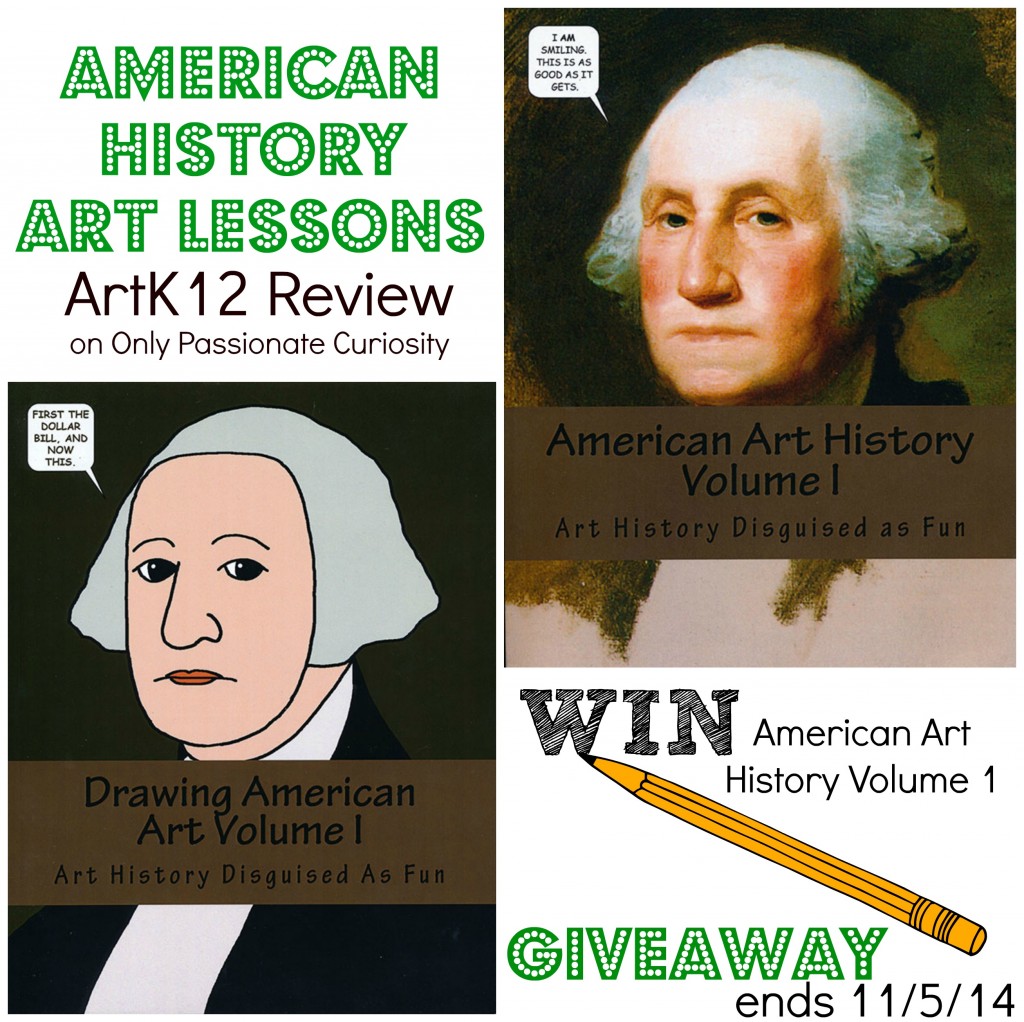
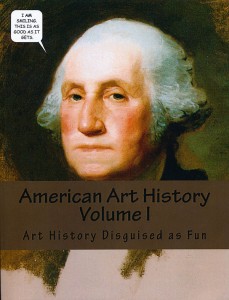
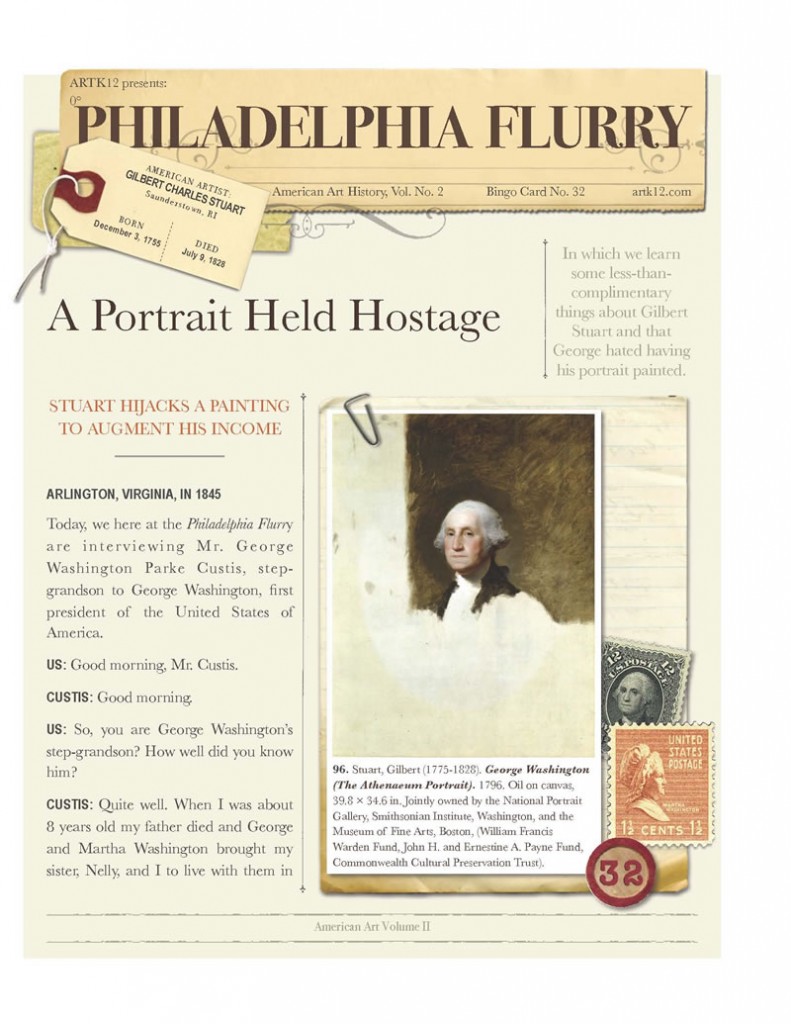
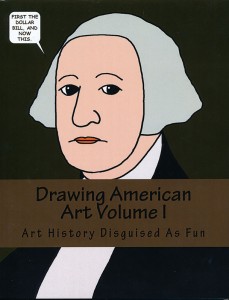
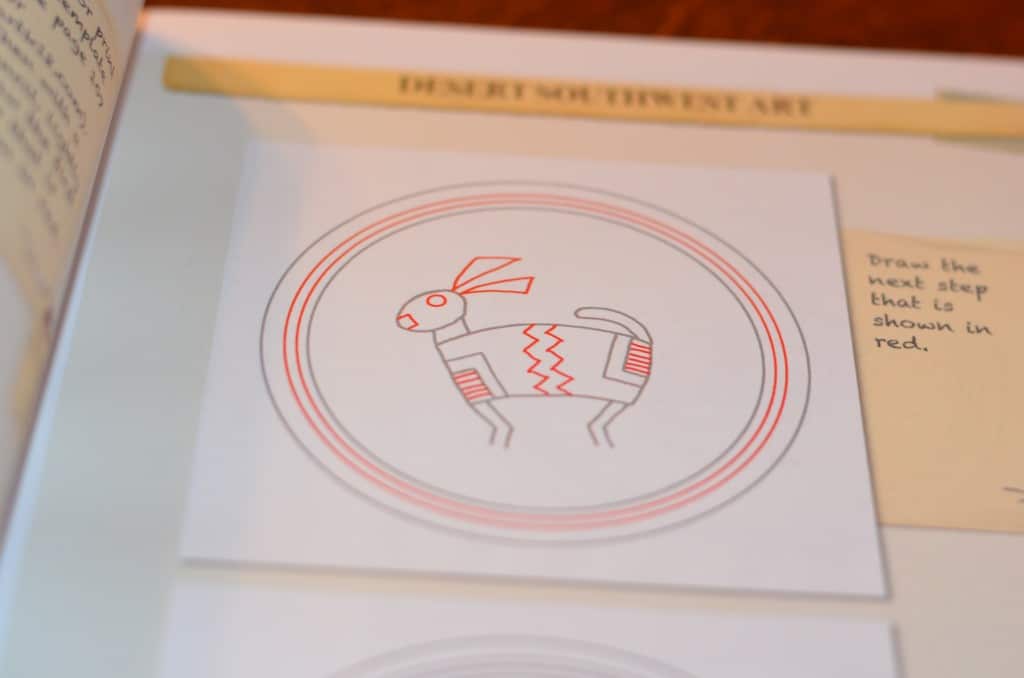
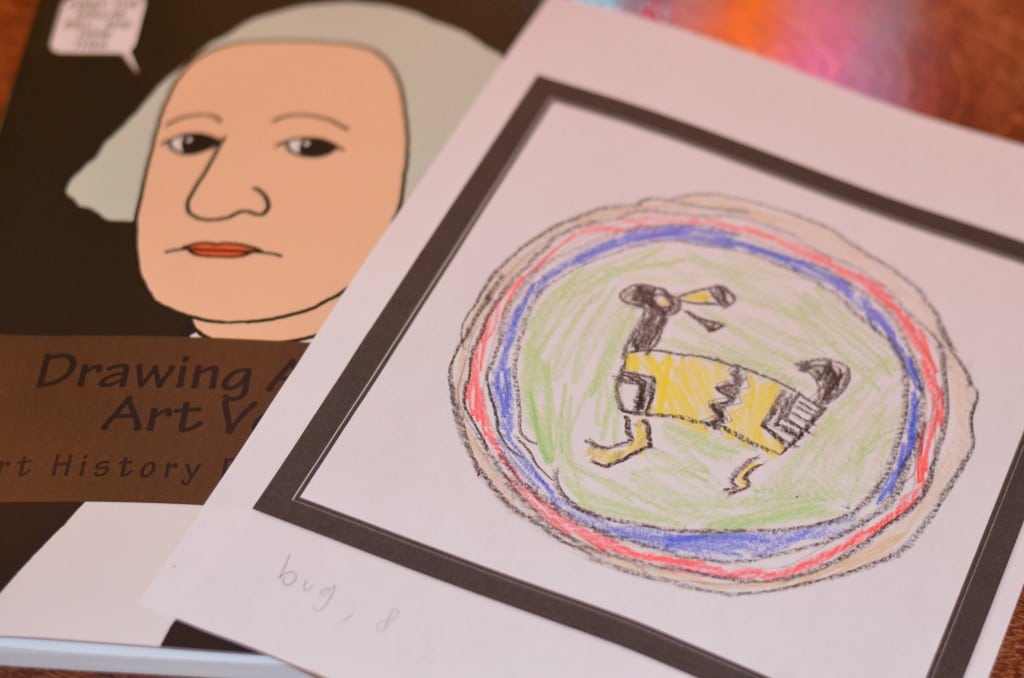
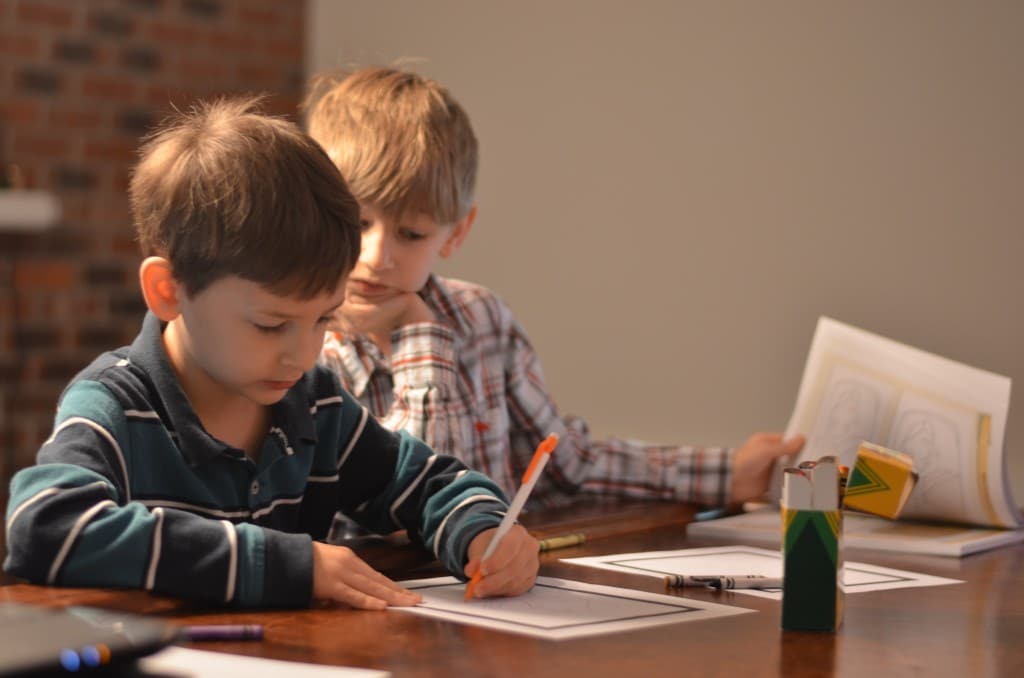
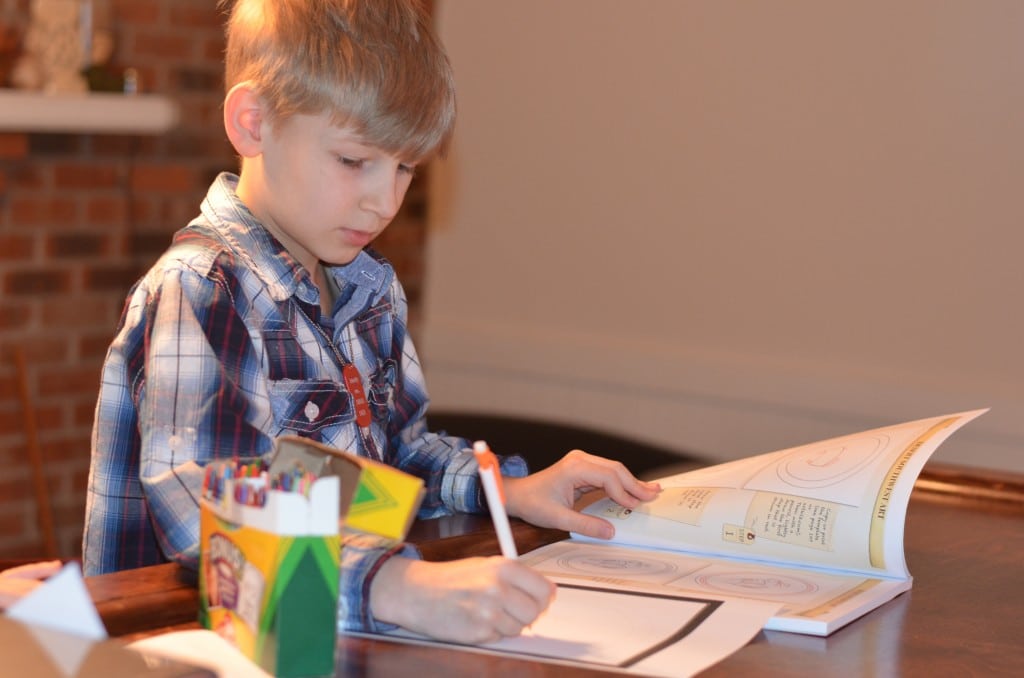
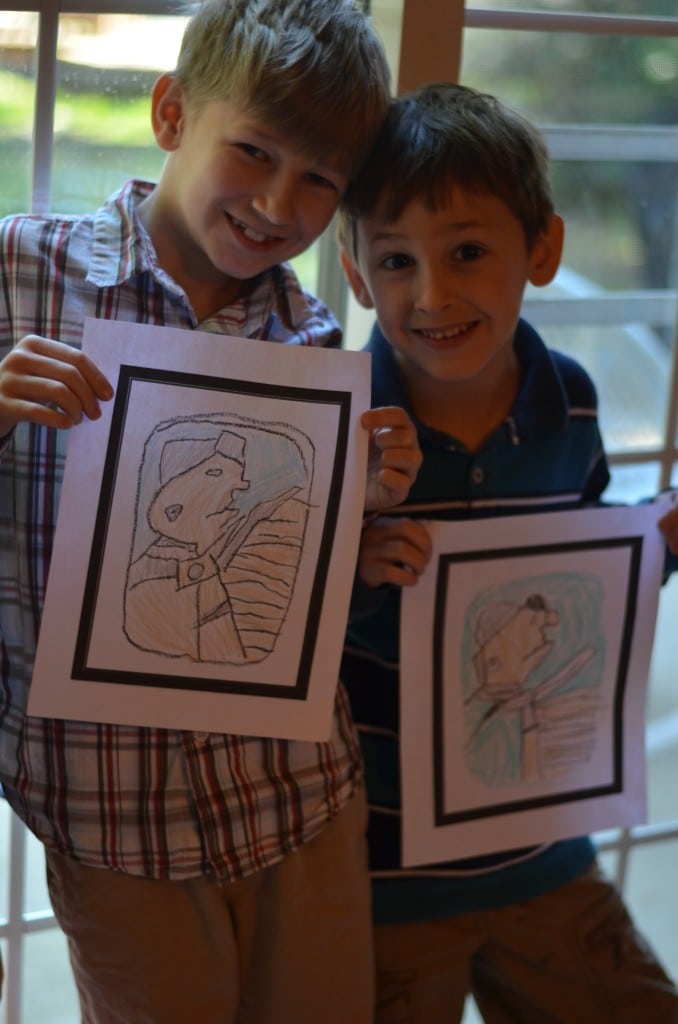

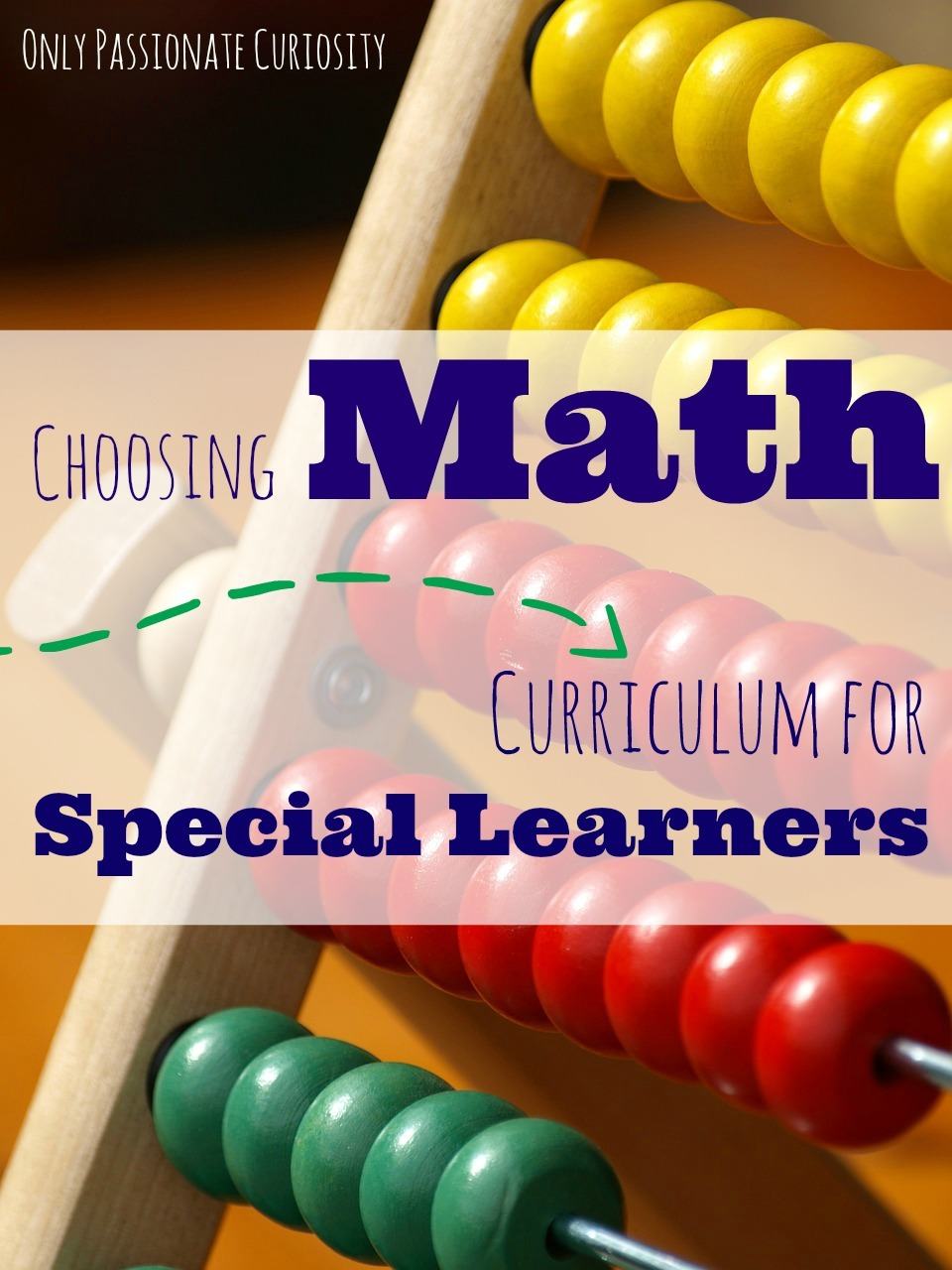
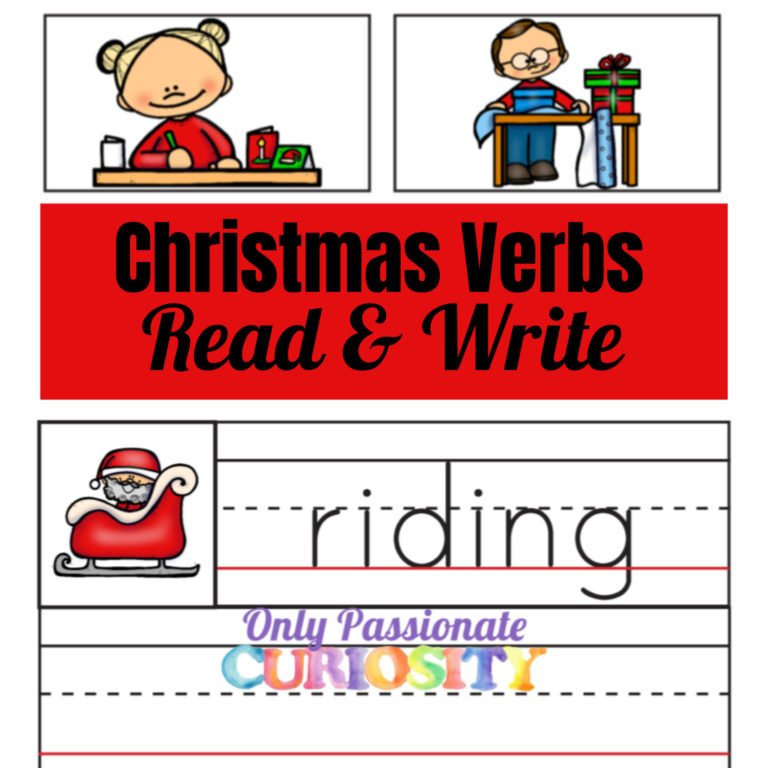

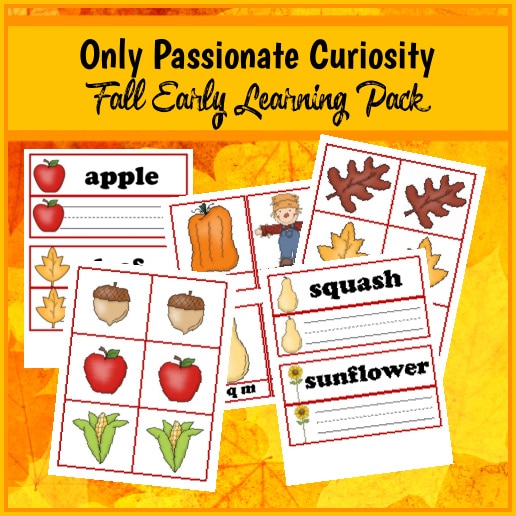
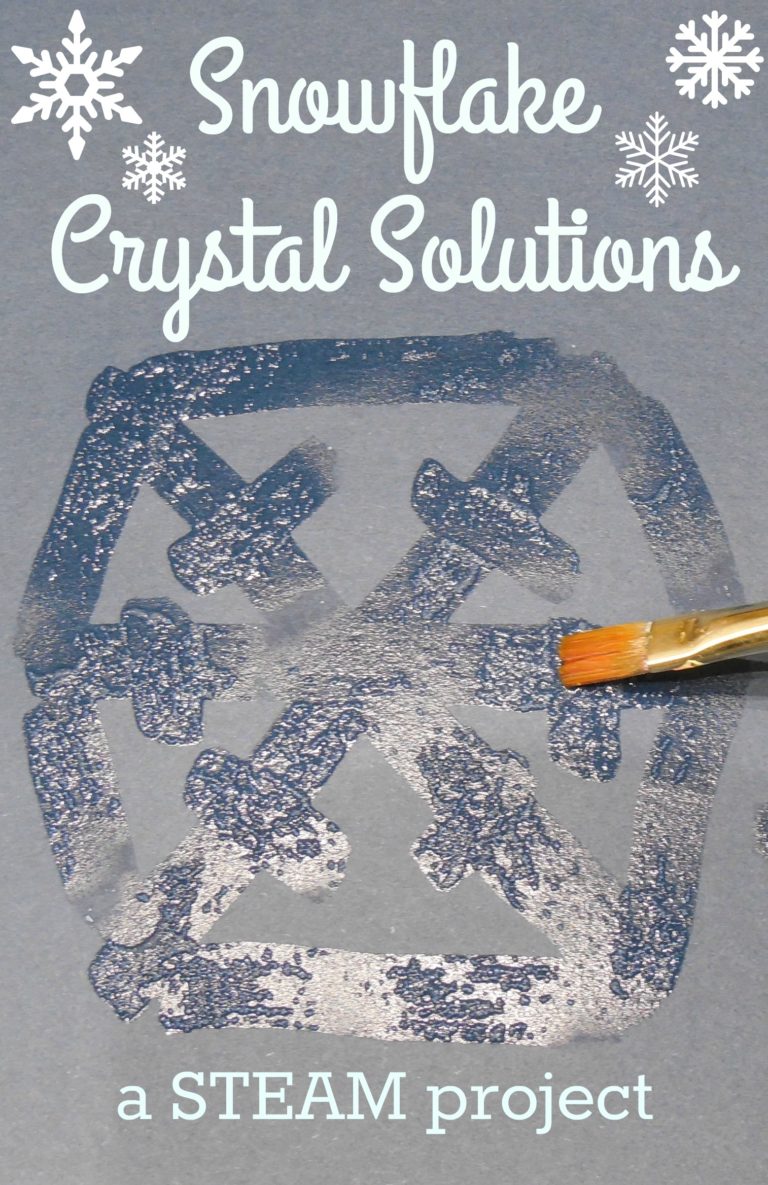
I think Norman Rockwell is my favorite artist. I also like Mary Cassatt.
I happen to really like Georgia O’Keeffe. My girls would love this!
I don’t really have a favorite artist, but Van Gogh’s Starry Night is my favorite painting.
Of American artists I like Grant Wood, other artists I like is Monet
Michelangelo is who I think would probably be my favorite. He worked in so many different media. Thank you for offering a wonderful giveaway. – Lori
I don’t have a favorite artist, but this looks like such a great resource!
Van Gogh! My daughter loves to draw and we love the Museum of Art.
I’m very into MC Escher right now. I know, so cliche, but I can’t help but get drawn in by the structured chaos! The Kid is enjoying Rembrandt.
This looks great, and would fit in so well with our current curriculum. I love Monet or Degas
I love history but not so great at art. I hope this could help me out while I teach my kiddos!
My favorite artist, by far, is Monet!! Love all his stuff!
My son is a little artist and just loves learning about all those famous and not so famous artists out there. Right now he just loves Rosa Bonheur. 🙂
I like some of NC Wyeth’s work. Of course Norman Rockwell is a favorite!
I am loving this… Thanks for sharing! As for favorite artists, I have always loved Monet.
This sounds fascinating! My kids love art and I have the hardest time fitting it in. I love how we could integrate this with our history!
It’s great to be able to incorporate art into a study of American history.
I don’t have a favorite artist really. I don’t remember much about any artists I learned about in school. I remember names, but couldn’t tell you what pieces of art are theirs. This looks like a wonderful curriculum though
Don’t really have a favorite artist but I love this idea for helping my sons learn about history!
Honestly I know nothing about art or artists, so I might get more out of this study than my kids!
I don’t have a favorite artist, but I am really enjoying learning more about art with my children as we homeschool. They know who Mondrian is, which was something I didn’t know until a few years ago.
No favorite artist, but I think we’re about to study Renaissance art thanks to Teenage Mutant Ninja Turtles!
no favorite artist really….I like to appreciate all art 😀
This looks great, would be awesome with our US History studies 😀